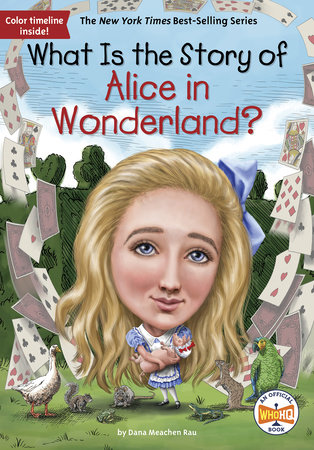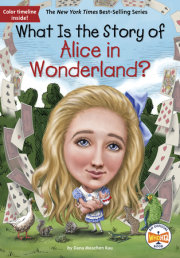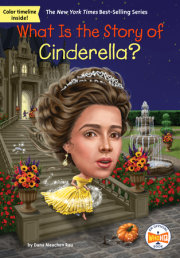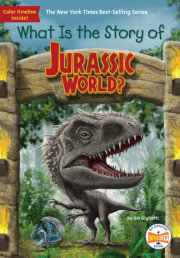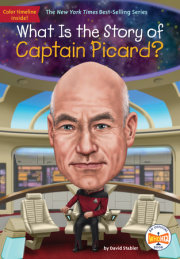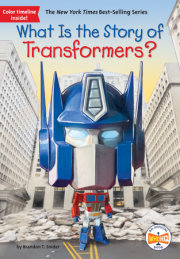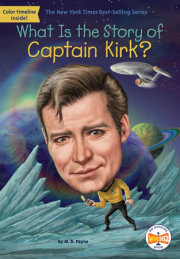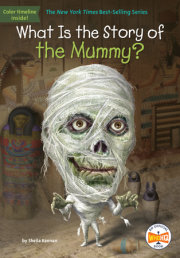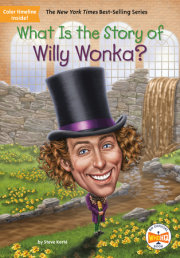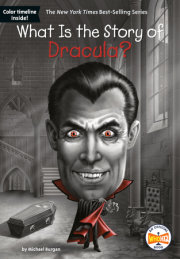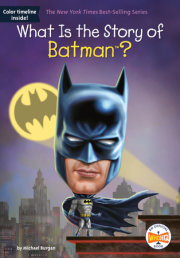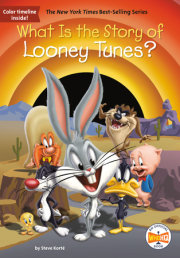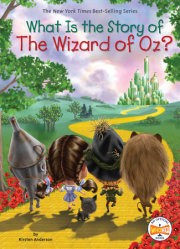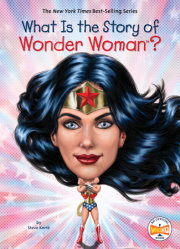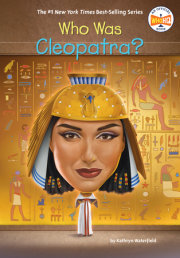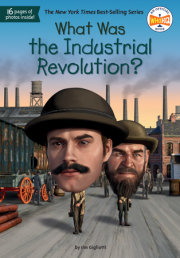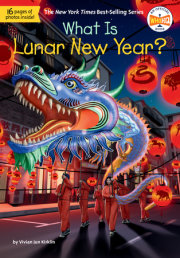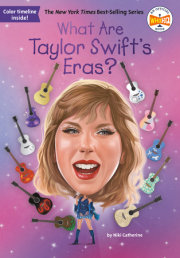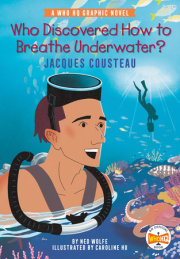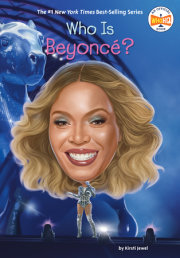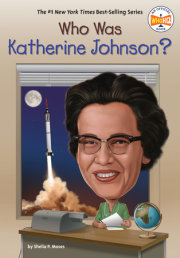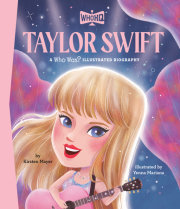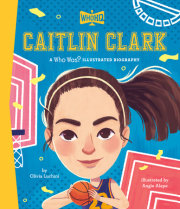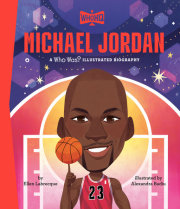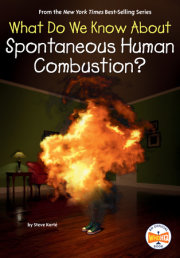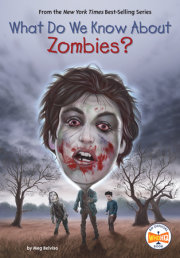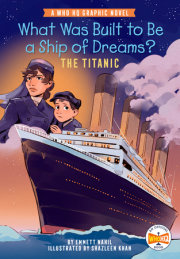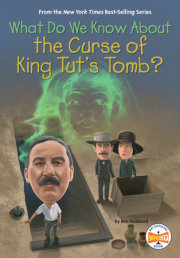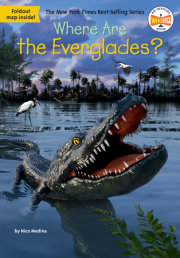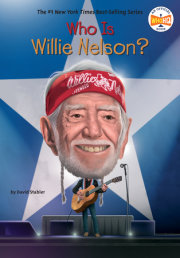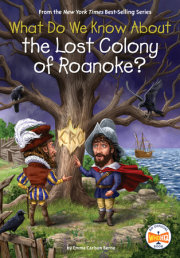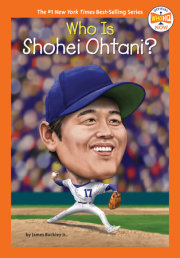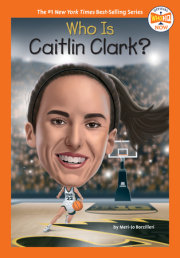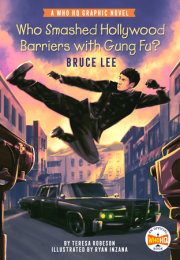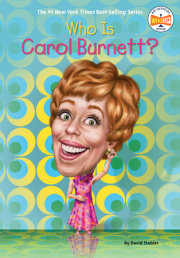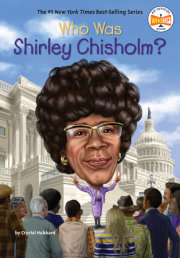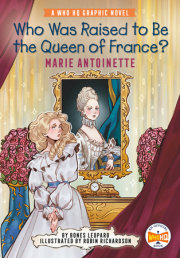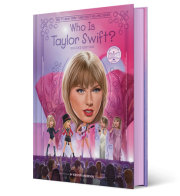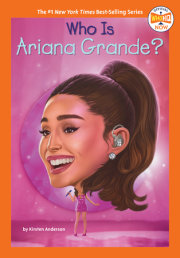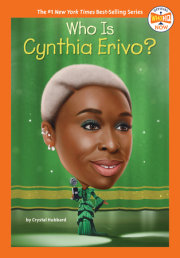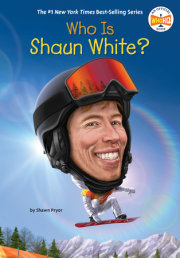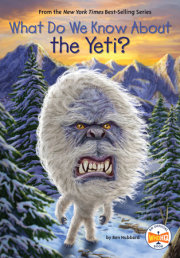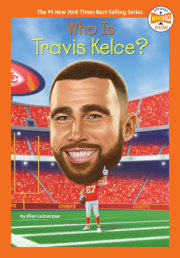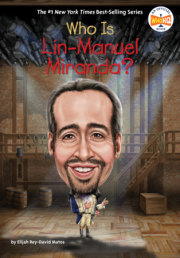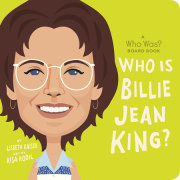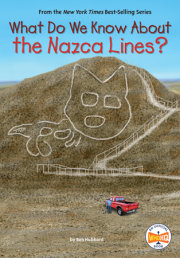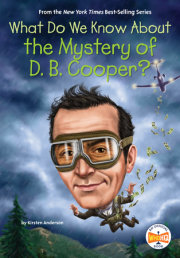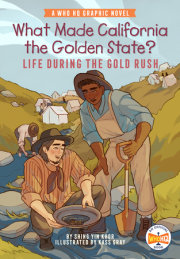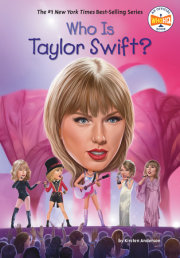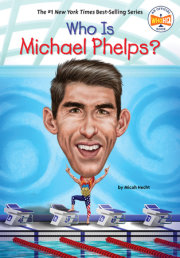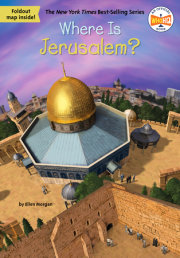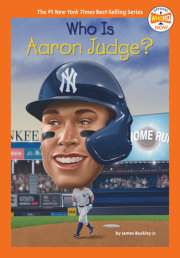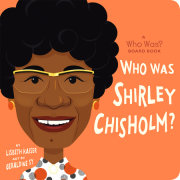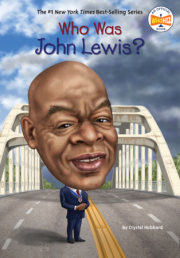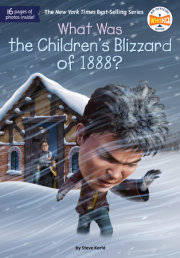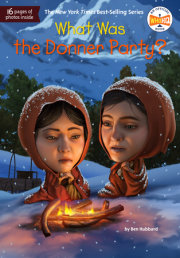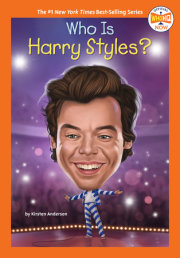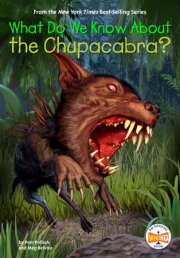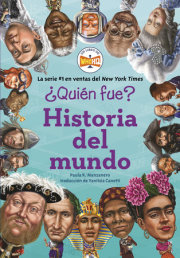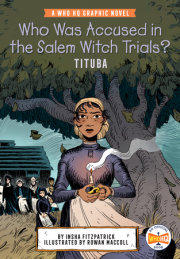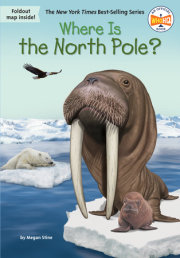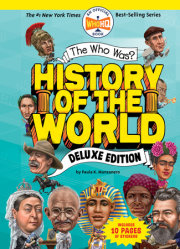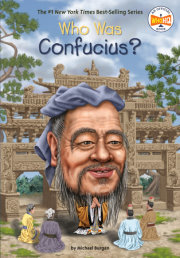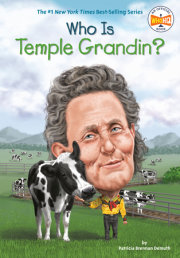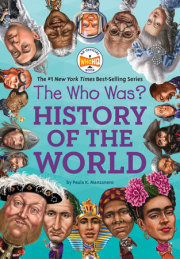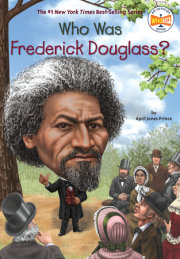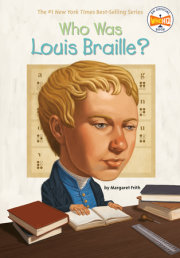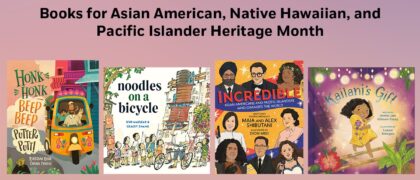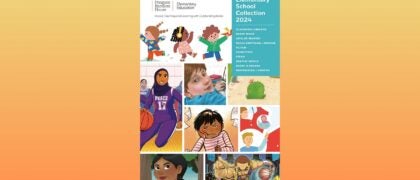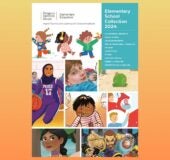What Is the Story of Alice in Wonderland? On July 4, 2015, residents of and visitors to Oxford, England, were invited to a dance called the Lobster Quadrille. They gathered in a large grassy field. When the music began, they danced the steps they had been practicing for weeks. Adults and children dressed as lobsters, turtles, playing cards, white rabbits, and queens. Many wore blue dresses and white aprons to look like the seven--year--old character Alice from the book Alice’s Adventures in Wonderland.
Every year, the town of Oxford presents Alice’s Day to celebrate the day in July 1862 when the writer Charles Dodgson took three young sisters of the Liddell family on a boat ride up the river Thames. During the trip, he invented a story about a girl named Alice who enters a magical place filled with odd creatures, silly games, and ridiculous adults. After that boat ride, Charles wrote down his story and published it as a children’s book.
But the celebration of Alice’s Day in 2015 was extra special. The year 2015 marked 150 years since the publication of the book. The day was full of silly and strange events. Guests enjoyed tea parties and ran races that had no winners. They acted out stories and solved riddles. They gazed at the bones of an extinct dodo (a bird that couldn’t fly) at a nearby museum and asked advice from a caterpillar. Leaves, clocks, and hats hung as decorations above the city’s streets.
When the writer Charles Dodgson created Alice in the 1860s, many stories for children were written to provide life lessons, or to teach children to mind their manners. But Alice was not like the characters in most other children’s books. She asked lots of questions, spoke up whenever she felt she should, often didn’t follow the rules, and got into plenty of trouble.
Alice is so popular because she is curious, strong, and fearless, even when the world around her seems difficult to understand. Readers loved Alice when she first appeared in the book more than 150 years ago. She still has many fans throughout the world.
Chapter 1: Serious and Silly Charles Dodgson Charles Lutwidge Dodgson was born on January 27, 1832, in Daresbury, England. His father worked for the church in the small village, and his mother took care of the home and children. Charles was the third oldest of eleven children.
Charles’s mother and father taught him and his siblings school lessons at home. There was also time for fun. Charles liked to entertain his younger brothers and sisters. He invented games, played with puzzles, and created tiny furniture for the Dodgson children’s dollhouse. He used a wheelbarrow as a train to take riders to stops around the Dodgsons’ garden.
Charles also loved to write. He made books of his own poems and homemade magazines to share with his family. He performed puppet shows with scripts he had written himself. One of the reasons he may have loved writing so much was because he had a stutter. It was difficult for him to say certain sounds. Writing was a way to get past that.
At age twelve, Charles left home for school, and he did very well in his subjects. He mostly enjoyed math and writing. His next step was college.
Charles entered Christ Church, a college of Oxford University, in 1851. He did so well at math that by the time he completed his studies in 1855, the college asked him to be a math teacher there. Charles was pleased to start a career at Oxford.
As a teacher, though, Charles wasn’t the silly entertainer he had been at home. His students described him as stiff, shy, and dull! But when Charles sat at his writing desk, his personality was very different. He wrote stories and poems filled with humor and wordplay. Some of his work was published in magazines and newspapers. He made up a pen name for his writings. Instead of signing them Charles Dodgson, he called himself Lewis Carroll.
Writing wasn’t Charles’s only creative hobby. He also liked photography. Early in 1856, he got his own camera and took lots of pictures around the college to practice his picture--taking skills. One day in April, he wanted to take a picture of Oxford’s cathedral from the garden of the dean’s house. A new dean (a head of the college) had just moved in. Dean Henry George Liddell and his wife, Lorina, had two sons, Harry and Arthur, and three daughters, Lorina, Alice, and Edith. When Charles knocked on the door of the deanery (the house where the dean and his family lived), he met three--year--old Alice for the first time. Neither of them knew it yet, but Alice Pleasance Liddell would be the inspiration for one of the most memorable children’s characters in history.
Charles became good friends with the Liddell family. The boys had gone off to school, but the girls spent their time at home under the care of their governess, Miss Mary Prickett. Charles visited the girls often. He liked to entertain them as he had his own siblings growing up.
Charles often brought toys, puzzles, and games for the Liddell girls. They also posed for his photographs. The girls would dress up in playful clothes, and Charles would take pictures of them.
When the sisters visited Charles in his Oxford apartment, he would make up tales on the spot and draw little pictures to go with them. In the summer months, he took them on outdoor trips. They often rowed boats together on the river Thames. The girls enjoyed having a grown--up to play with. And Charles was a grown--up who sometimes didn’t seem to want to grow up at all!
Chapter 2: A Strange and Adventurous Story On July 4, 1862, Charles Dodgson and his friend Robinson Duckworth invited the Liddell sisters—Lorina (then age thirteen), Alice (ten), and Edith (eight)—on a trip up the river Thames. They loaded a big picnic basket into a boat near Folly Bridge. The men rowed for a few miles, and then they stopped near the town of Godstow to enjoy their picnic along the bank of the river.
The girls begged Charles: “Tell us a story.” Making it up as he went along, Charles named the main character Alice, after Alice Liddell. He told a tale about a girl who follows a white rabbit down a hole and enters a strange world where nothing makes sense! The girls were delighted by Charles’s wild adventure. At the end of the day, Alice Liddell told Charles that he had to write down the story. She didn’t want to forget it.
In his diary four months later, in mid--November 1862, Charles wrote: “Began writing the fairy--tale for Alice—-I hope to finish it by Christmas.” But it actually took him about two years to write it. He used some parts of the story he had told during their picnic. He also added new ideas. In his rooms at Oxford, Charles handwrote the story and drew his own pictures for it. He collected his pages in a little handmade book with a green cover and called it Alice’s Adventures Under Ground. He gave it to Alice as a gift to remember their special day.
Charles wondered whether other children would like his Alice story. He shared a copy with George MacDonald, a friend of his who wrote fairy tales. When MacDonald’s six--year--old son, Greville, heard the story, he declared that there should be sixty thousand copies of it! MacDonald told Charles he thought the book should be published.
The handmade book, Alice’s Adventures Under Ground, only had four chapters. Charles thought the story should be longer. He imagined new characters and scenes. His final version had twelve chapters. Charles also decided that the book would look better if the pictures were drawn by a professional artist. His friend Robinson Duckworth suggested the famous illustrator John Tenniel.
Charles told John Tenniel how big each illustration should be and where it should be placed in the story. But Tenniel didn’t like to be told what to do. The two men argued over their different ideas. In the end, Tenniel drew Alice as a neat and proper Victorian girl in a stiff dress, apron, and little black shoes. His illustrations were filled with lots of weird and wonderful details.
The London publisher Alexander MacMillan agreed to publish the book. Charles wanted to give it a new name. In a letter to his friend Tom Taylor on June 10, 1864, he shared a few of his ideas:
Alice’s Golden Hour
Alice Among the Goblins
Alice’s Hour in Wonderland
Alice’s Doings in Elf--Land
Alice’s Adventures in Wonderland
Of all of these possible titles and more, he liked Alice’s Adventures in Wonderland the best. To this, he added his pen name: Lewis Carroll.
Charles sent Alice Liddell her own copy of the finished book on July 4, 1865—-exactly three years after their picnic on the river. He didn’t see the Liddell family—which eventually grew to include five more children—as much as he used to. Alice was by then a young teenager, and not much like the seven--year--old character that she had inspired. But she would always be special to Charles.
Alice’s Adventures in Wonderland, by Lewis Carroll, was released in late 1865, just in time for Christmas. Charles Dodgson hoped readers would like the curious girl he had created.
Copyright © 2021 by Penguin Random House LLC. All rights reserved. No part of this excerpt may be reproduced or reprinted without permission in writing from the publisher.

